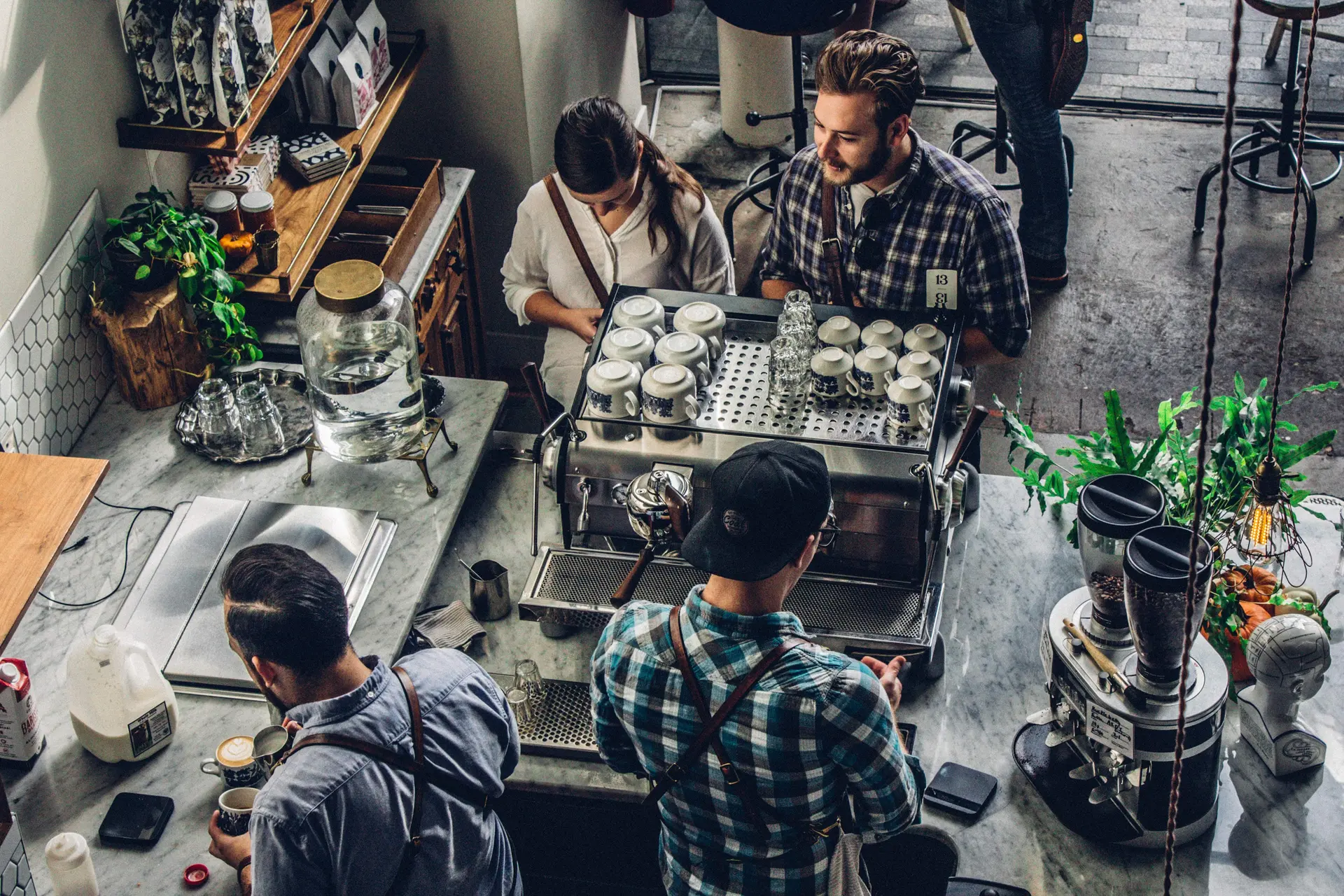If you’re familiar with the hit television show, “Mad Men,” you know it ends with a reference to Coca-Cola’s iconic “I’d Like to Buy the World a Coke” ad. For the main character, Don Draper, Coke was the ultimate creative account. It’s a widely consumed beverage enjoyed by both young and old, with a certain nostalgic element. This ad also serves as a prime example of Coca-Cola’s ability to reinvent itself over time.
The brand’s creativity has been put to the test in recent times. Today, it’s quite a challenge to be in the soft drink industry as the public has become increasingly aware of the sugar content in foods and beverages. Last summer, a Gallup poll revealed that there were only three types of food that 50% or more of Americans say they actively try to avoid—diet and regular soda and sugar. In 2002, 41% of Americans said they are trying to avoid soda, compared to the 61% who say so now. Gallup concluded, “This is a drastic change from just over a decade ago.”
Coca-Cola has experienced the effects of this changing consumer climate. Sales have suffered dramatically here in the U.S. But recently, there has been some encouraging news for the company. Coke’s global soda volume sales rose in the last three months of 2015.
When put against the ropes, Coke responded with smaller packaging. The goal is simple: downsize the container to boost sales. Mini cans and bottles allow the company to save money on aluminum and glass, while offering a new option to consumers who drink less soda. Studies have shown that consumers are incredibly responsive to labels, and Coca-Cola doesn’t attempt to hide the effects of its new approach, either.
One month before the Gallup poll results were published, Coca-Cola published a report on its own website titled, “Less is More: For Coca-Cola, Small Packs Mean Big Business.” Coke reports that while 12-ounce cans and 2-liter and 20-ounce bottles still represent more than 70% of the volume of bottles and cans of Coca-Cola sold in North America, “those package sizes are declining as consumers downsize to smaller options.” In the U.S., sales of Coca-Cola mini cans have increased at double-digit rates since they were first introduced in 2007.
Coke’s article also highlights how smaller packaging is a return to the brand’s roots, before the push to upsize in the latter half of the 20th century.
“When we were growing up, Coke was eight ounces and we’d drink it and go for that extra sip and wish there were more,” said Sandy Douglas, president of Coca-Cola North America. “That’s a good experience.”
Experience First, Sales Volume After
That focus on experience is ultimately what’s driving Coca-Cola today. The company’s focus is no longer just about meeting sales volume goals through quantity—it’s about selling the experience. If you think about that goal, the brand’s new global advertising campaign “Taste the Feeling,” makes perfect sense. The campaign reinforces that Coca-Cola is for everybody, said Chief Marketing Officer Marcos de Quinto. “We’ve found over time that the more we position Coca-Cola as an icon, the smaller we become,” de Quinto said. “The bigness of Coca-Cola resides in the fact that it’s a simple pleasure—so the humbler we are, the bigger we are. We want to help remind people why they love the product as much as they love the brand.” Takeaway: What changes in your product packaging can you implement to better serve today’s customers?Related Topics
Subscribe to our blog
You are now subscribed!


